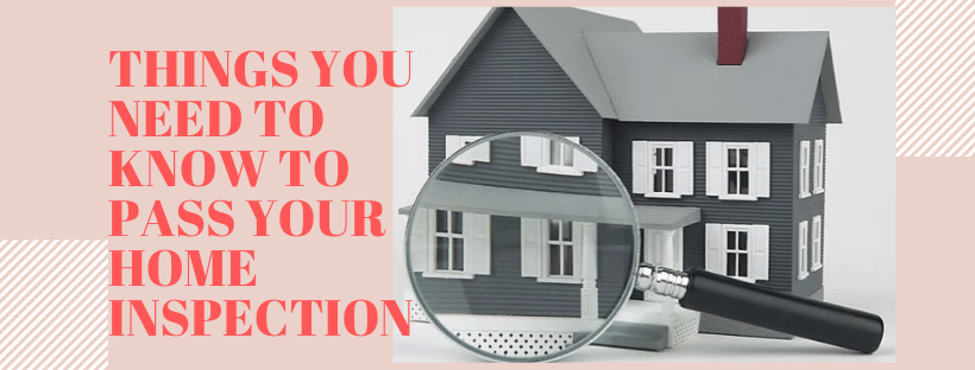It’s understandable that homebuyers would want to know your home inside and out. While homebuyers differ from each other same as the homes they plan on purchasing, one thing they share is the desire to ensure that the home they will call their own is as good beneath the surface as it appears to be.
In most cases, you can make a reasonable pre-inspection yourself so knowing what you’re looking for can help you prevent little problems from growing into costly and unmanageable ones.
Will discuss more about this in the next part of our blog and if you're looking to sell your home, I will be happy to help you. Call me at 647-834-9928 or send me an email to [email protected]
In most cases, you can make a reasonable pre-inspection yourself so knowing what you’re looking for can help you prevent little problems from growing into costly and unmanageable ones.
1. Defective Plumbing
Defective plumbing is evident in two different ways: leaking and clogging. A visual inspection can detect leaking. The pipes are undersized if you hear the sound of running water if an inspector will gauge water pressure by turning on all faucets and then flushing the toilet. If the water appears dirty when the faucet first turned on, this is an indication that the pipes are rusting; which can result to severe water quality problems.2. Damp or Wet Basement
An inspector will check your walls for a powdery white mineral deposit a few inches off the floor and will look to see if you feel secure enough to store things right on your basement floor. The inspector might use a meter to determine how much moisture is present in these spaces because moisture deteriorates building materials and attracts insects.3. Inadequate Wiring & Electrical
Your home should have a minimum of 100 amps service and this should be clearly marked. Wires should be copper or aluminum. Home inspectors will look at octopus plugs as indication of inadequate circuits and a potential fire hazard.4. Poor Heating & Cooling Systems
Insufficient insulation and inadequate or poorly functioning heating systems are the most common causes of poor heating. While an adequately clean furnace without rust on the heat exchanger usually has life left in it, its typical life span of 15-25 yrs. For a forced air gas system, a heat exchanger will come under particular scrutiny since one that is cracked can emit deadly carbon monoxide into the home. These heat exchangers must be replaced if damaged because they cannot be repaired.5. Roofing Problems
Water leakage through the roof can occur for a variety of reasons such as physical deterioration of the asphalt shingles or mechanical damage from a wind storm. When gutters leak and downspouts allow water to run down and through the exterior walls, this external problem becomes a major internal one.6. Damp Attic Spaces
Problems with ventilation, insulation and vapor barriers can cause water, moisture, mold and mildew to form in the attic that can lead to premature wear of the roof, structure and building materials.Will discuss more about this in the next part of our blog and if you're looking to sell your home, I will be happy to help you. Call me at 647-834-9928 or send me an email to [email protected]

